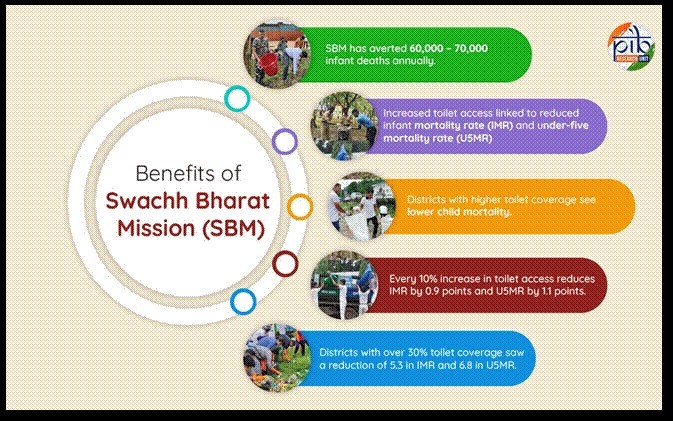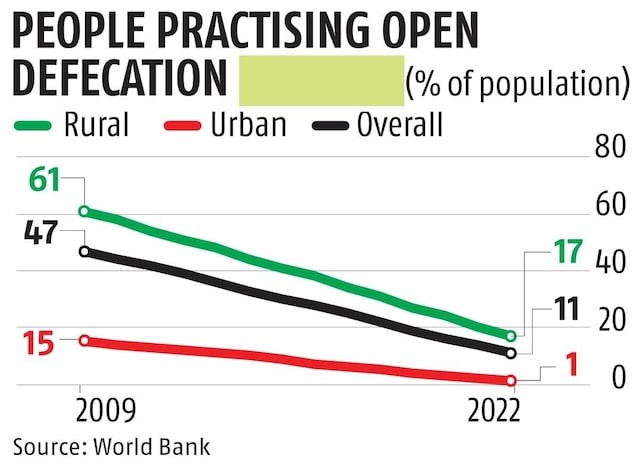7667766266
enquiry@shankarias.in
Oct 2, 2024 marks the 10th year anniversary of the launch of Swachh Bharat Mission.






